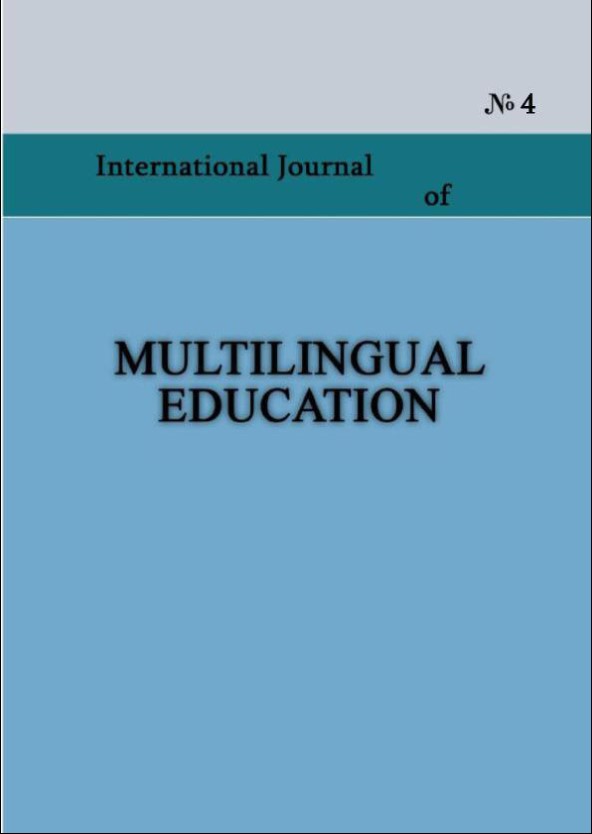One Approach to the Assessment of Bilingual Education
Keywords:
bilingual education, assessment criterion, fuzzy set, fuzzy conclusionAbstract
It is formulated and tested a new approach to the estimation of bilingual education for students, which is based on the fuzzy inferences method. For alternative estimation of bilingual classes it is selected block of assessment criterions by which on the basis of appropriate marks of observations it is made an assessment of an audience as a whole, the individual student and the teacher.
References
Aliev R. and Kazhe N. (2005). Bilingual education. Theory and Practice, Riga, “RETORIKA А”, 384 p. (in Rus.)
Rzayev, R.R. (2013). Data Mining in Decision-Making Support Systems. Verlag: LAP Lambert Academic Publishing GmbH & Co. KG, 130 p. (in Rus)
Zadeh, L.A. (1974). Foundations for a new approach to the analysis of complex systems and decision processes. Moscow. (in Rus)
Zadeh, L.A. (1976). Concept of linguistic variable and its application to the adoption of approximate solutions. Moscow. (in Rus)
Zadeh, L.A. (2001). The role of Soft Computing and Fuzzy Logic in understanding, design and development of information/intelligent systems. News of Artificial Intelligence, 2-3. (in Rus)
Published
How to Cite
Issue
Section
License
Copyright (c) 2014 Aziz Mamedov

This work is licensed under a Creative Commons Attribution-NonCommercial 4.0 International License.
Copyright (c) - Authors who publish with this journal agree to the following terms: Authors retain copyright and grant the journal the right of first publication with the work simultaneously licensed under a Creative Commons Attribution-Noncommercial 4.0 International License, which allows others to share the work with an acknowledgement of the work's authorship and initial publication in this journal. Authors are permitted and encouraged to post their work online (e.g., in institutional repositories or on their personal website) prior to and during the submission process, as it can lead to productive exchanges, as well as earlier and greater citation of published work (see The Effect of Open Access). Authors may enter into separate, additional contractual arrangements for the non-exclusive distribution of the journal's published version of the work (e.g., post it to a repository or publish it in a book), with an acknowledgement of its initial publication in this journal.

